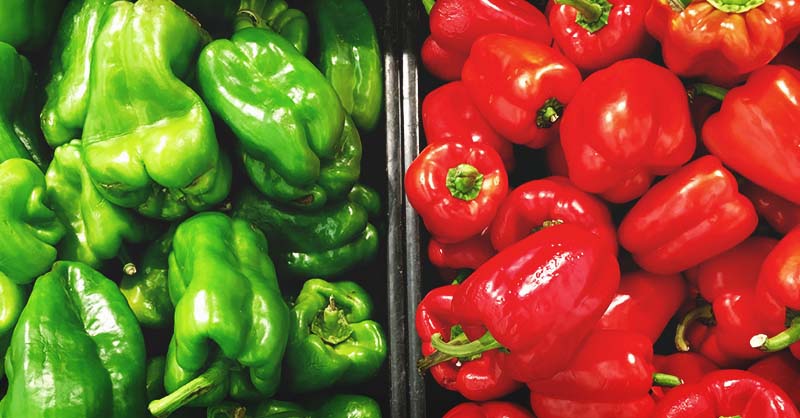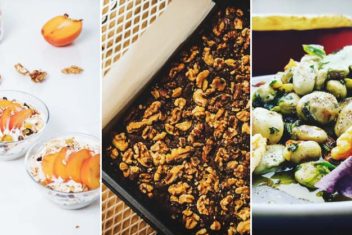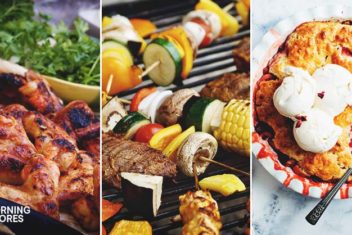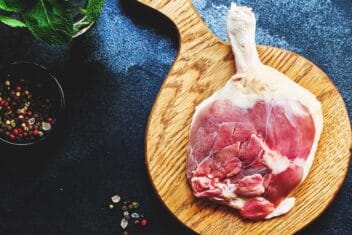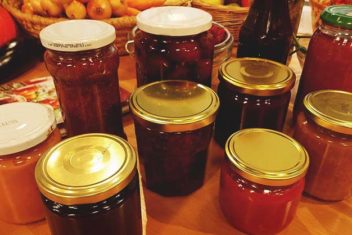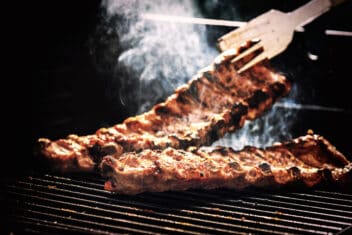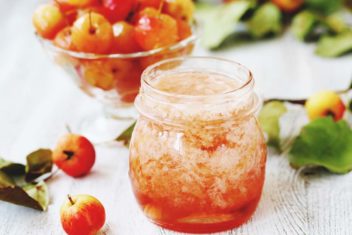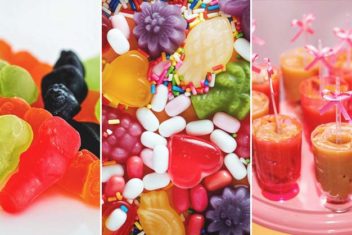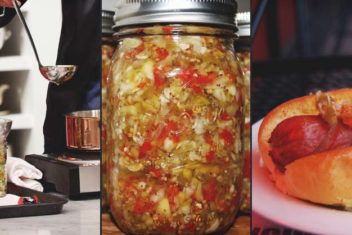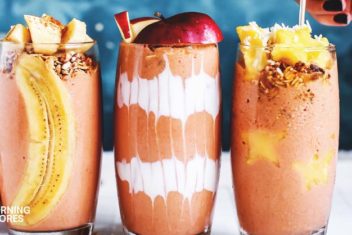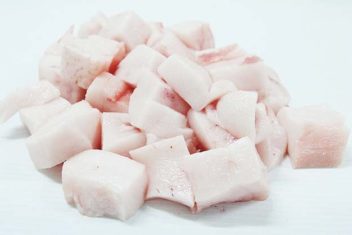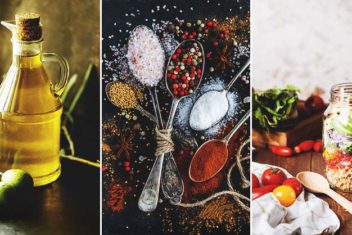Peppers, peppers and more peppers! You have been blessed with an abundant harvest, but what to do now with all these peppers?
I’ve been there. Gardens are great, and when they produce a great deal of produce, it’s a wonderful feeling.
However, when you are flooded with one particular vegetable, you can be unsure of what to do with them all.
Well, my peppers usually do great. I try to plant fewer of them each year because I know I’ll have too many.
Yet, for some reason, I still end up with more than I can handle regardless. This was when I learned how to pickle peppers. It’s an easy method to preserve peppers and tasty too.
Here’s how you can pickle your peppers for later use:
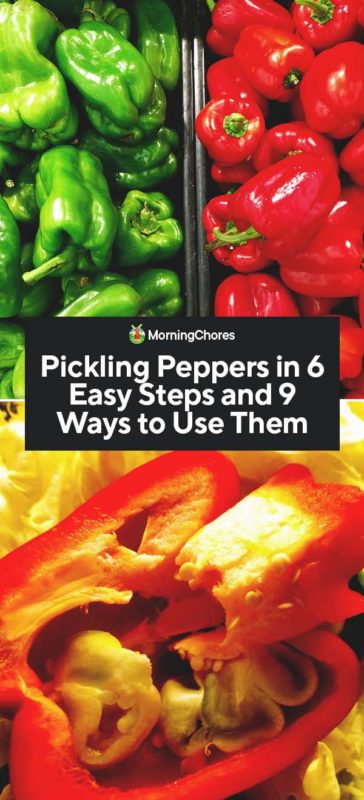
You Will Need:
- 3 pounds of peppers
- 3 teaspoons of minced garlic
- 6 cups of vinegar
- 2 cups of water
- Water bath canner
- Funnel
- Jar grabbers
Before we get started, a little note of caution: Home canning has been done for many years. There are a variety of ways to preserve certain foods. Realize, there are food-borne illnesses that can develop if your food isn’t appropriately preserved.
Be aware of the risk when preserving your foods. We aren’t liable for your experiences when preparing recipes or preserving the fruits of those recipes. In most cases, you’ll notice if something has gone awry with home-canned goods (i.e., smells or bad appearance) but not at all times. Proceed at your own risk.
1. Scrub-A-Dub-Dub
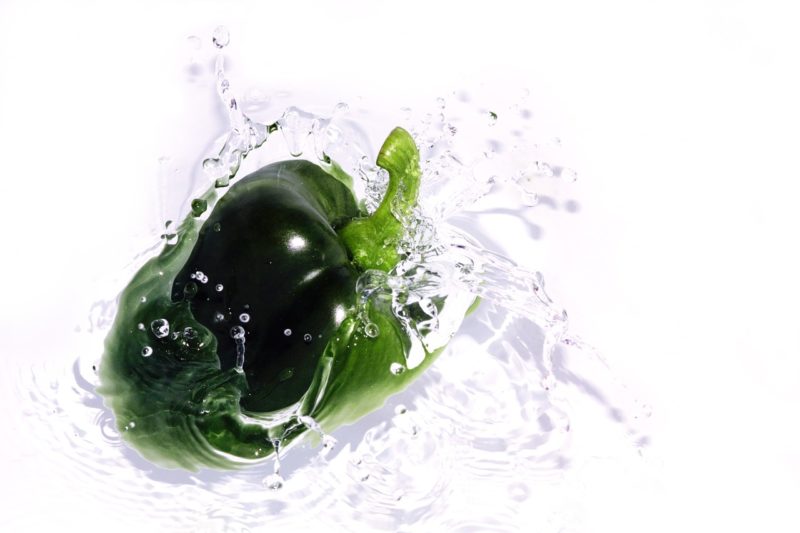
The first thing you should do before canning is to rinse the produce in cold water. In this case, you’ll run the peppers under cold water.
In the process, be sure to gently rub your hands over the peppers to remove any excess dirt or bugs which may have caught a lift indoors via your peppers.
When the peppers are clean, place them on a hand towel and let them dry briefly. Pat them dry with the towel to remove any further moisture.
As soon as the peppers are dry, you can move on to the next step in the process.
2. Cut and Roll
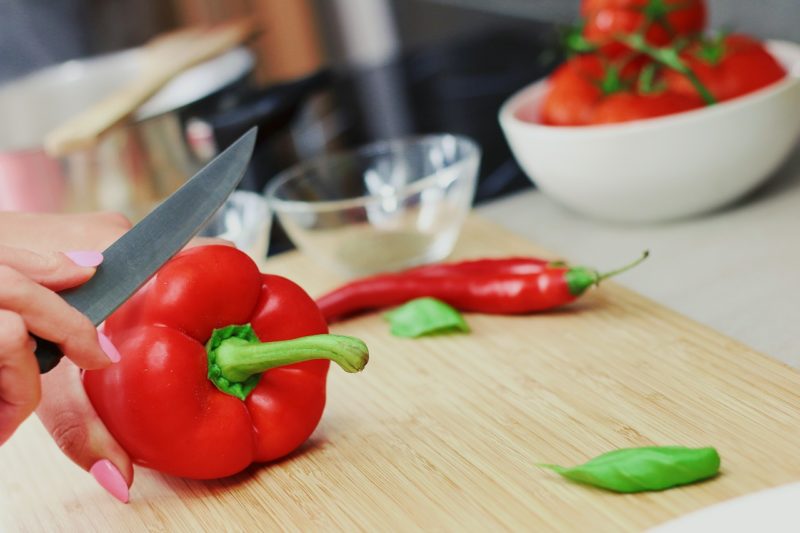
When the peppers are washed and dried, place them on a cutting board. The tops of the peppers should be removed.
Place the pepper on its side and slice a few inches beneath the stem of the pepper in a horizontal direction.
You can pickle any pepper you choose. I pickle banana peppers, jalapeno peppers, and bell peppers on a regular basis.
The type of pepper will determine what you do next. For example, with bell pepper, remove the core of the pepper either with your hands or a spoon. Be sure all seeds are removed.
If you’re pickling a banana pepper, turn the pepper upside down. The area you sliced open should be facing downwards over a bowl or the sink. Gently swirl the pepper back and forth in between your thumb and index fingers.
This motion should cause the seeds inside the pepper to come loose. When all the seeds are out of the pepper, you’re good to go.
However, if you’re pickling jalapeno peppers, you shouldn’t remove the seeds unless you’re trying to minimize the heat. In which case, use the same practice as you did for the banana pepper.
3. Prep Your Peppers
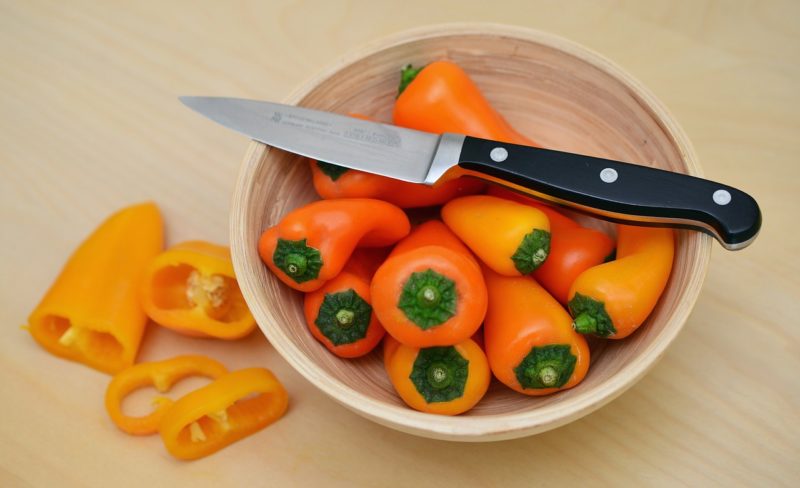
There are many ways to pickle pepper. This method is one of the easiest ways I’ve found. My husband and I have played around with it until we’ve found the most streamlined method (in our opinions) for the peppers we pickle most frequently.
If you’re pickling a bell pepper, it’s a good idea to slice the pepper vertically. This will make them look appealing in the jar but is also a functional method when serving them on a salad or other dish too.
If you’re pickling a banana pepper, you can skip this step altogether. The insides are hollowed out and should absorb the pickling liquid easily.
However, if you’re pickling jalapenos or another type of pepper where the insides have been left intact, we use a sharp knife to poke small holes in the sides of the pepper.
The purpose behind doing this is to help the peppers become infused with the pickling liquid. In our experience, it has worked well.
4. Get Ready to Pickle
Once your peppers have been sliced and poked (where necessary) it’s time to pickle them. You do this by placing vinegar and water into a medium-sized saucepan.
Bring the mixture to a low boil. Add the minced garlic and allow it to simmer for 2-3 minutes.
When all ingredients have married nicely, it’s time to pack the peppers into the jars. Be sure to prepare your jars to ensure they are thoroughly sanitized.
Pack the peppers into the cleaned and sanitized jars. Add the liquid to the jars, covering the peppers, but leaving approximately half an inch of headspace at the top of the jar.
Slide a butter knife down the side of the jar to release any air bubbles which may have become trapped in the jar.
When all air bubbles are released, place a sanitized lid and ring on the jar and secure it in place.
5. Give Them a Bath
Place the jars inside a water bath canner. Fill the canner with water until the jars are fully covered. Place the canner on the stove on high heat.
It will take the canner a while to come to a rolling boil. When it does, begin the timing process. The peppers should process in a water canner from the time of boiling for 10 minutes.
When the time is up, turn off the stove and use your jar grabbers to remove the hot jars from the canner.
Place the jars on a thick towel on a hard surface such as a counter or table. Leave the jars alone for 24 hours.
6. Label and Store
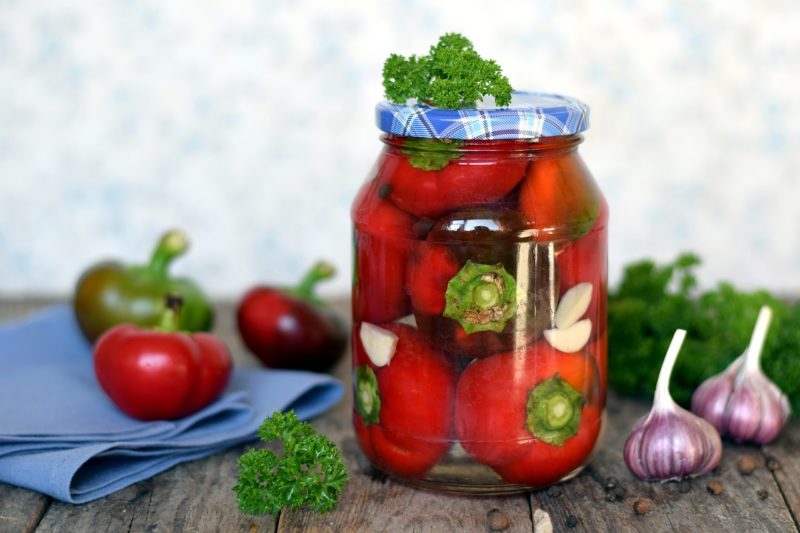
When the jars have been left sitting on the table to seal for 24 hours, it’s time to check the jars. You probably heard the ‘ping’ sound the jars make when sealing.
Whether you heard the sound or not, this is the time you’ll check to see if the jars sealed properly. In the center of each lid, there’s a round button.
The ‘ping’ sound is when the button is being suctioned close on the jar. Run your finger over the top of the lid. If the lid doesn’t feel smooth on top, you push the button down with your finger, or the button is still standing you’ll know the lid didn’t seal properly.
If the jar didn’t seal, you have multiple options. First, you can toss the peppers to your compost. Some people are fearful of food contamination because the jars were left out overnight without being sealed.
Second, you can pop the jar in the fridge and use it first, if you feel the food is still safe to eat.
Finally, if you feel the food is still safe to consume, you can put a new lid on the jar and reprocess it the same way you did before and hope the jar seals this time.
If the jar sealed the first time, simply label the jar and place it on a shelf for storage.
What Can I Do with Pickled Peppers?
I’ve told you how to pickle peppers, but you may feel uncertain about how to utilize them throughout the year.
Well, I’m going to share a few ideas. You can:
1. Use in a Salad
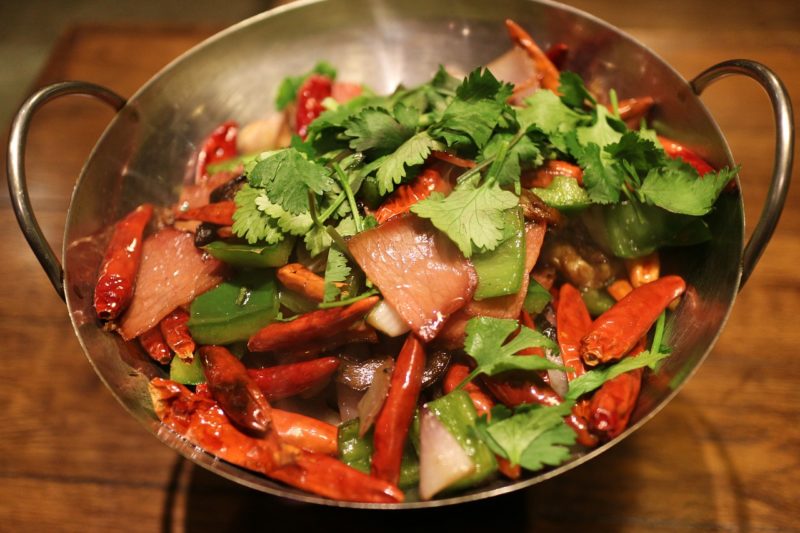
I try to eat a salad a day, but I’ll admit salads can get boring when you munch on them day after day. I add pickled peppers to my salad to give a nice flavor and added color to my traditional salads.
2. Eat as a Snack
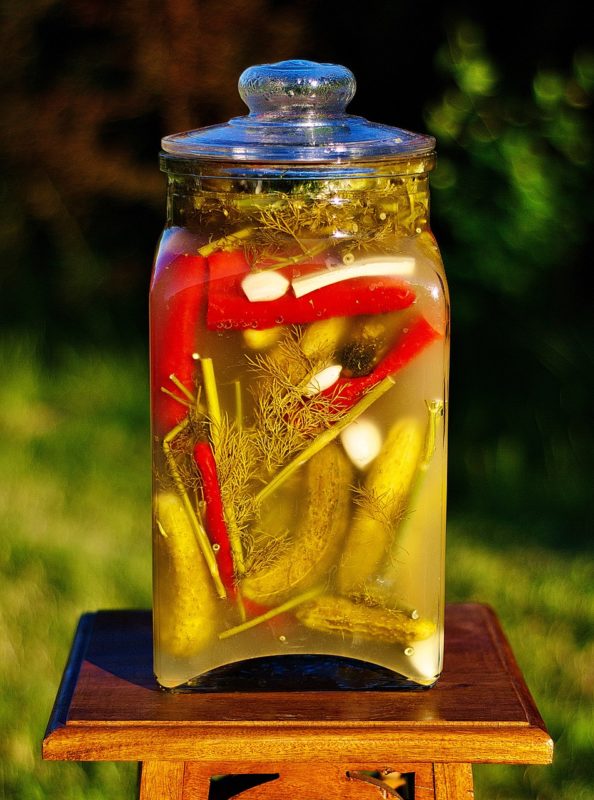
Pickled peppers are good to eat as a healthy snack. The next time you want something tangy with a little salt too, open a can of pickled peppers. It should cover the craving without damaging your diet.
3. Include in Pimento Cheese
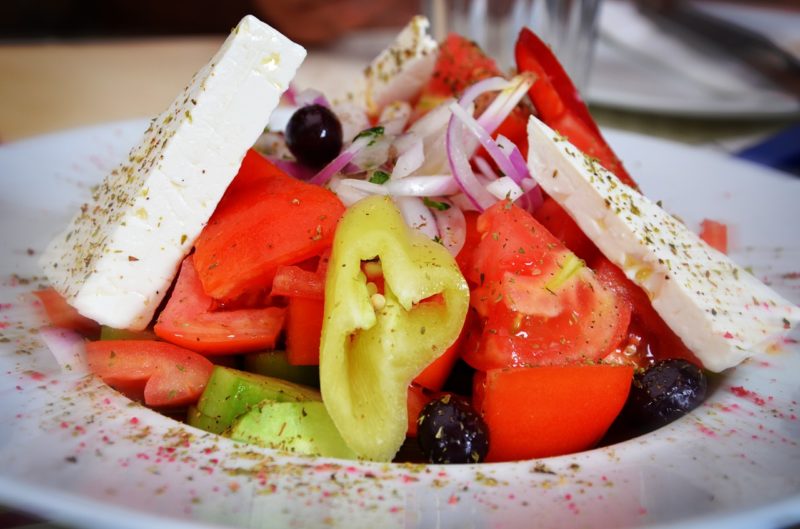
I love making homemade pimento cheese. It’s fantastic on crackers, celery, or on a baked potato. Add pickled peppers to your recipe for an added boost of flavor.
4. Add to Your Soups
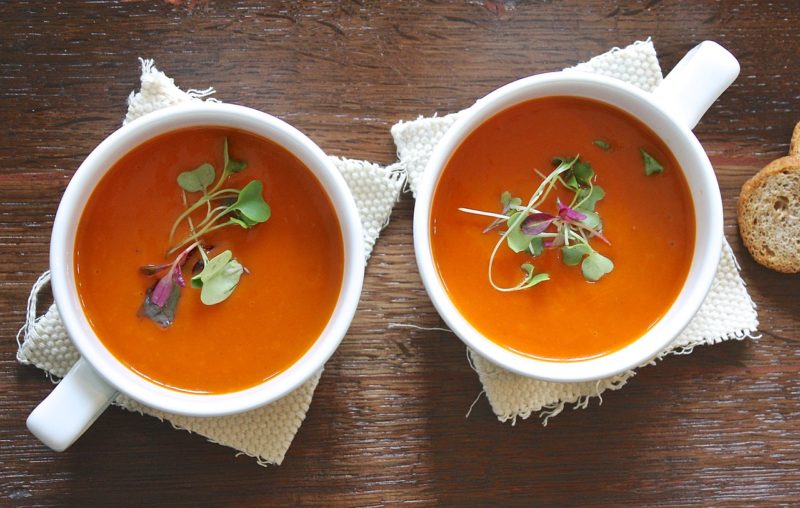
During the winter months, I rely heavily on soups. They’re an easy way to feed my family and healthy too. I like to use pickled peppers in the soups I make to give a different flavor to the soup we’ll eat many times over the winter months.
5. Use as a Garnish
I don’t know about you, but I like my food to have color when I serve it. I’ve been told it’s important to eat a rainbow of colors throughout the day to ensure we’re getting proper nutrients. Pickled peppers are one of my ways to subtly add more color to my diet.
6. Stuff Them
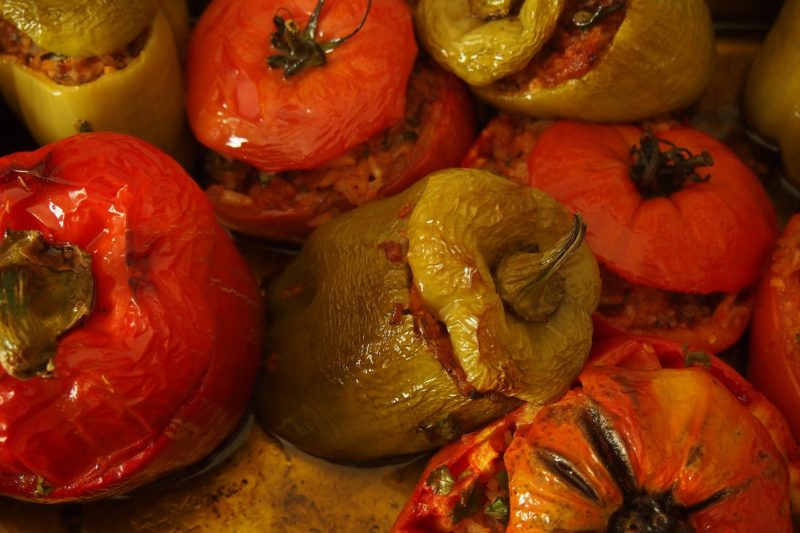
If you canned whole pickled peppers, you can pull them out and make a meal out of them. They’re great when stuffed with chicken salad, tuna salad, or even cheese.
7. Add to Nachos
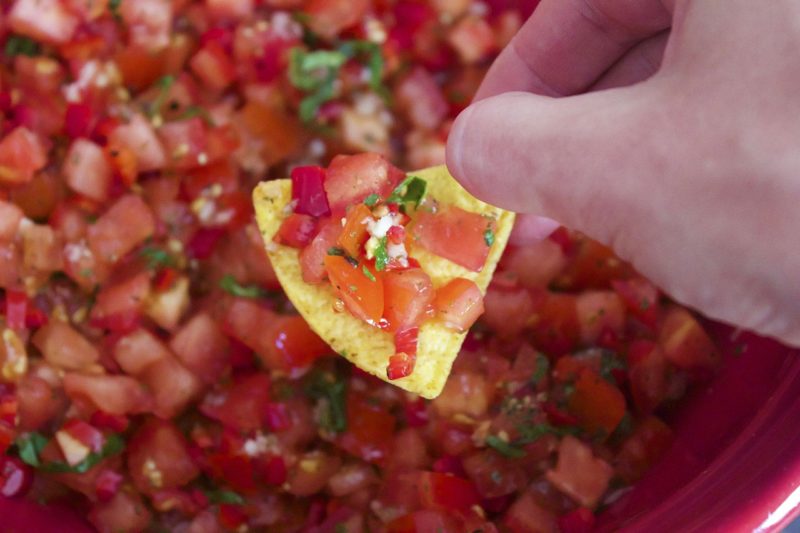
Everyone enjoys nachos from time to time. A great way to add some unexpected flavor to traditional nachos is to top them with pickled peppers.
8. Add to Your Bloody Mary
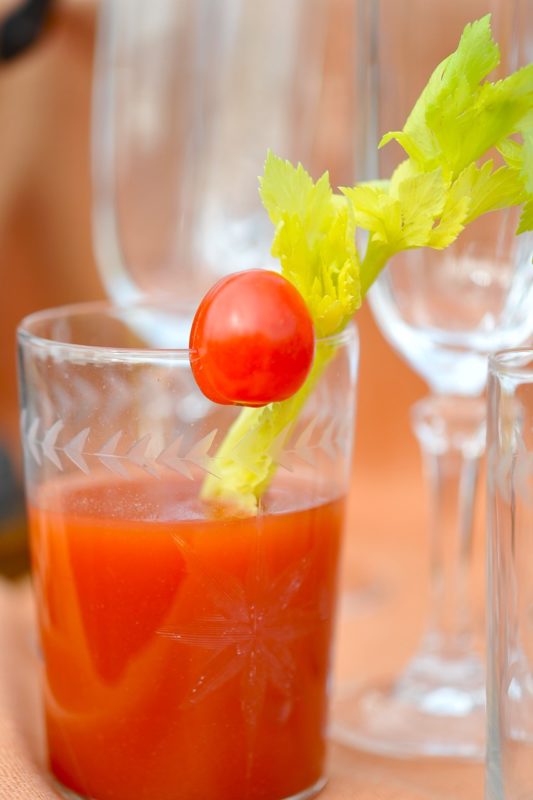
Do you enjoy a drink over brunch or an adult beverage to wind down your day? Consider drinking a Bloody Mary but adding pickled peppers to the beverage. It could be your new favorite way to make it.
9. Toss on Your Meat
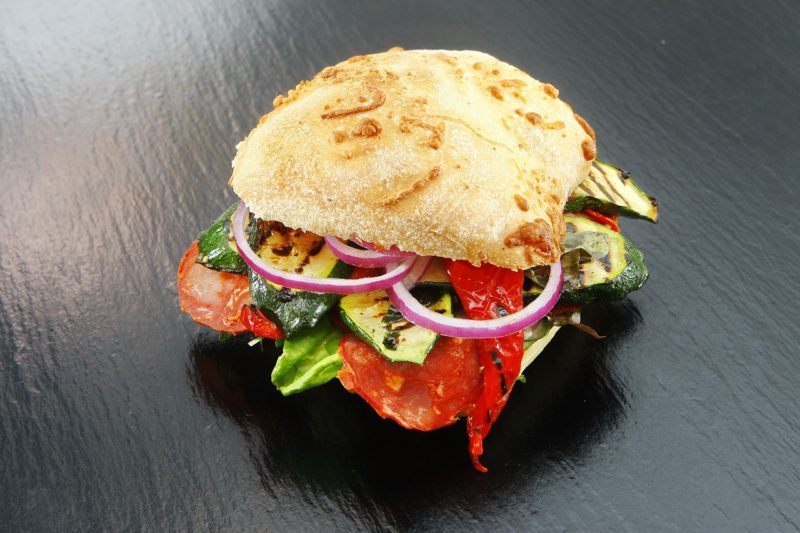
We try to follow a high protein diet around our home. This can get boring over time. Which is why I like to sauté some pickled peppers and serve them over meats for a different flavor.
The next time you begin feeling like you’ve eaten as many peppers as you can from your garden but hate to waste them, remember this simple method of pickling. It’s a great way to preserve your harvest for later use.
Plus, it’s a simple method as well. Hopefully, you’ll have great luck with your pepper harvest this year and still be enjoying it this winter when pickling them.
